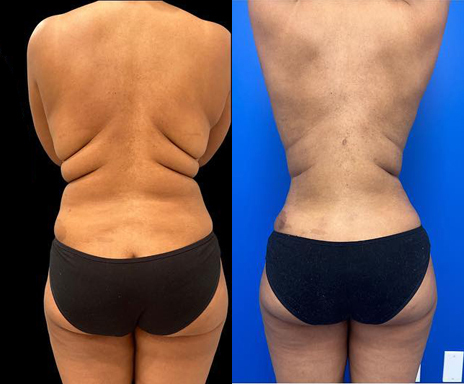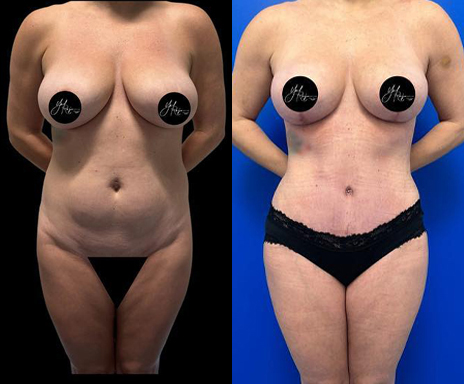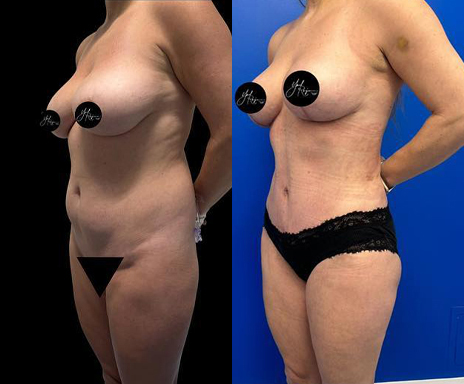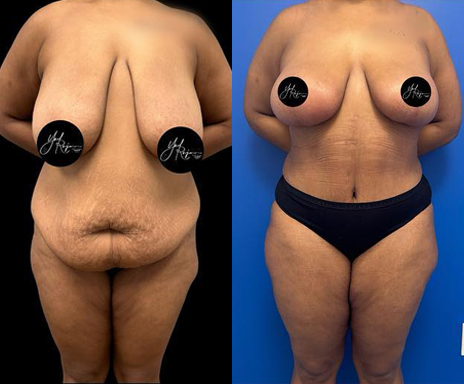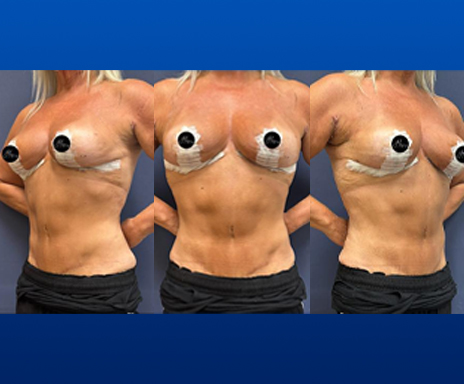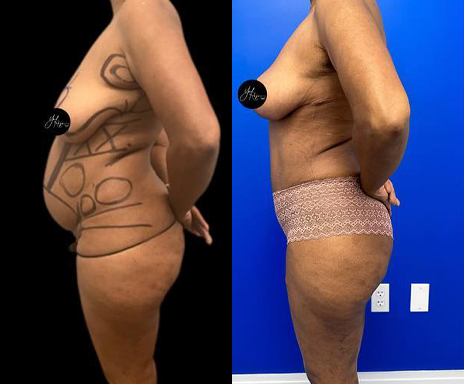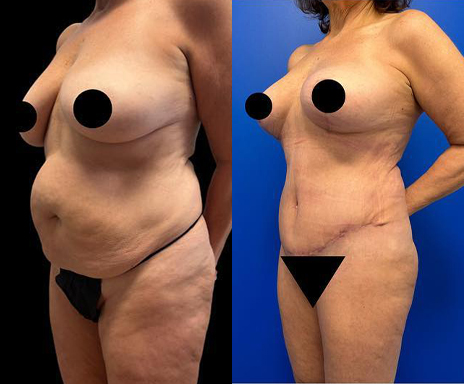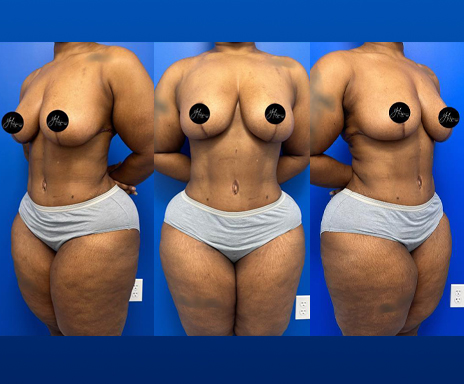
What is Arm Contouring?
Arm Contouring is a body procedure that consists of re-sculpting the arm tissue and removing the skin to create a sleeker arm contour. The procedure intends to improve the appearance and definition of your upper arms. It focuses on removing excess fat, and, if necessary, reducing excess skin to create a more toned appearance. J Plasma, BodyTite or Morpheus8 (radiofrequency, heating, and microneedling adjunct technologies) plus liposuction is a good solution for those needing moderate correction while gaining the greatest amount of definition. In some selected patients, the application of these technologies also help avoid long skin incisions. One of the main goals of Arm Contouring is respecting and elevating the upper arms muscle anatomy. We want to enhance muscle definition and allow the skin to showcase the muscles underneath. We carefully create areas of indentation and curvature to affect how the light reflects from the surface of the skin in order to accomplish a proper contour.
Who is a good candidate for Arm Contouring?
Individuals considering Arm Contouring surgery are evaluated by Dr. Rojas during a surgical consultation. At the time of consultation, Dr. Rojas takes a detailed medical history to ensure the candidate is healthy, and inquires about the patient’s goals and expectations of surgery. He works with each individual patient to create a personalized treatment plan based on his or her unique situation and desired goals. The main requirement is being at the patient’s ideal body weight.


How Dr. Rojas performed Arm Contouring?
Arm Contouring is performed on an outpatient basis at Dr. Roja’s on-site surgical facility. A board-certified anesthesiologist will provide either sedation or general anesthesia for patient comfort and safety.
Dr. Rojas starts with the infiltration of the tumescent fluid for the liposuction portion of the procedure.
This will help decrease the amount of pain and bleeding during and after the surgery. He uses different liposuction techniques like PAL, VASER, and SMART/LASER LIPO. He uses different liposuction cannulas to extract the fat. The key is being able to move the arm into different positions during the procedure to be able to see, and therefore enhance, the muscle anatomy underneath. Fat is removed from different levels and in different directions to obtain more balanced and even results.
In patients that will also require skin excision along with their contouring procedure, Dr. Rojas will make the incision on the antero-medial or bottom part of the upper arm. The length of the incision will depend on the degree of correction needed, although it often extends from the underarm to the elbow. Select patients with only a small amount of excess skin may achieve the desired results with a small incision in the underarm also known as a “mini-arm lift” or “mini-brachioplasty”.
Through the incision, Dr. Rojas removes excess skin and fat and tightens the supportive tissue, placing internal sutures to support the new arm contours. When the removal of excess fat is complete and the arms are properly contoured, he closes the incisions with absorbable sutures and dresses the incisions. A compression garment will be applied to minimize postoperative swelling. This compression garment is kept for an average of 4-6 weeks.


Recovery from Arm Contouring
During your recovery from Arm Contouring surgery, dressings or bandages may be applied to your incisions, and your arms may be wrapped in an elastic bandage or a compression garment to minimize swelling following surgery.
A small, thin tube may be temporarily placed under the skin to drain any excess blood or fluid. You will be given specific instructions on how to care for the surgical site and drains, medications to apply or take orally to aid healing, specific concerns to look for and when to follow up with your plastic surgeon.


